
Strategies to Remain Healthy & Compassionate
View, Download, or Print the Strategies Poster


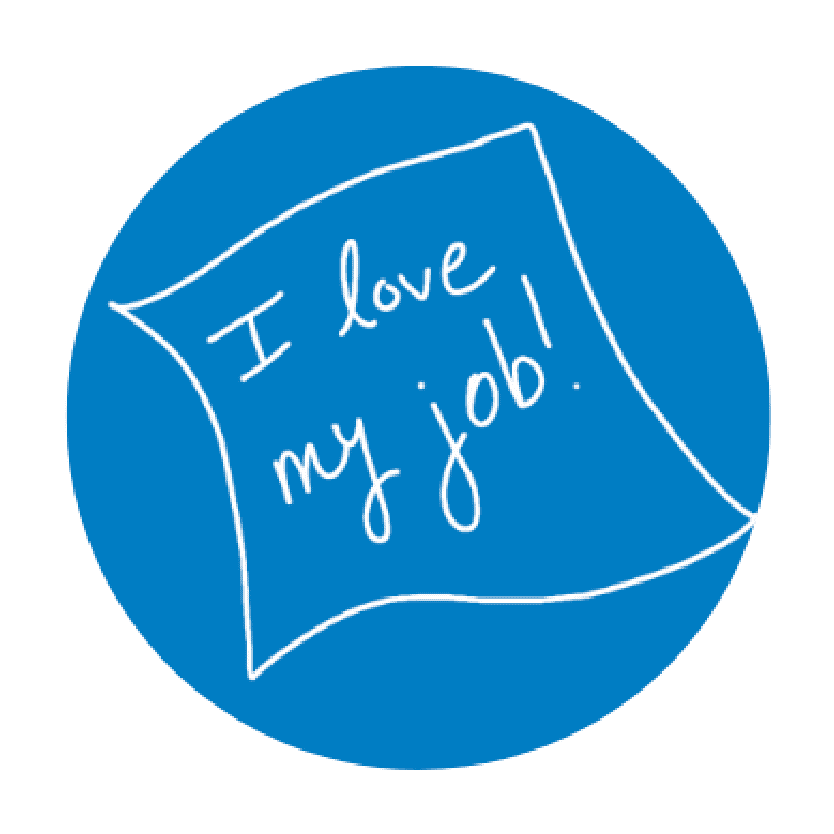


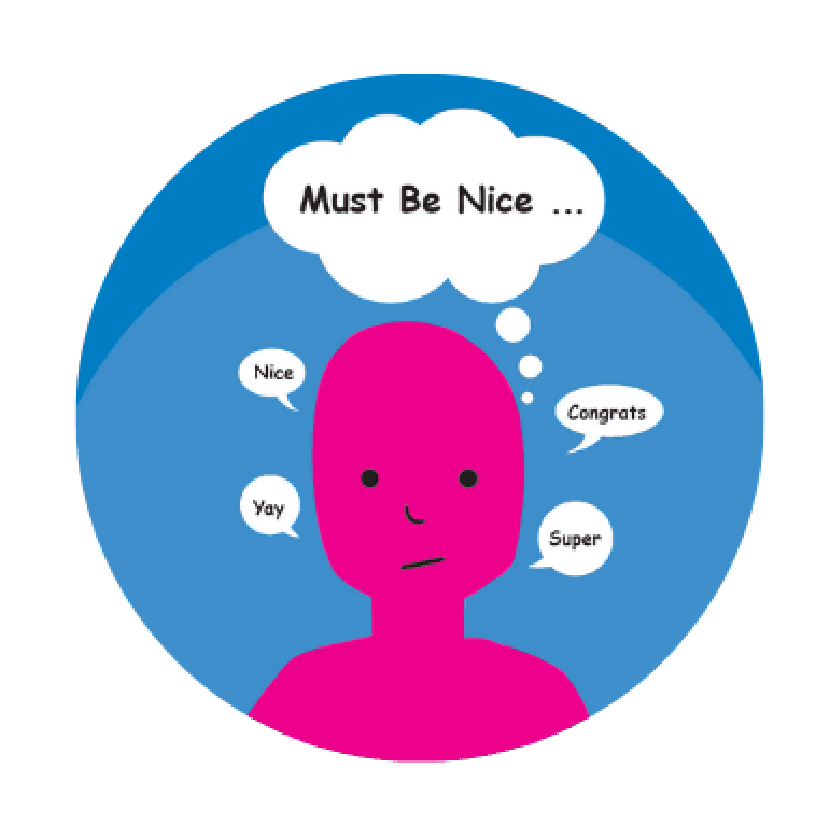

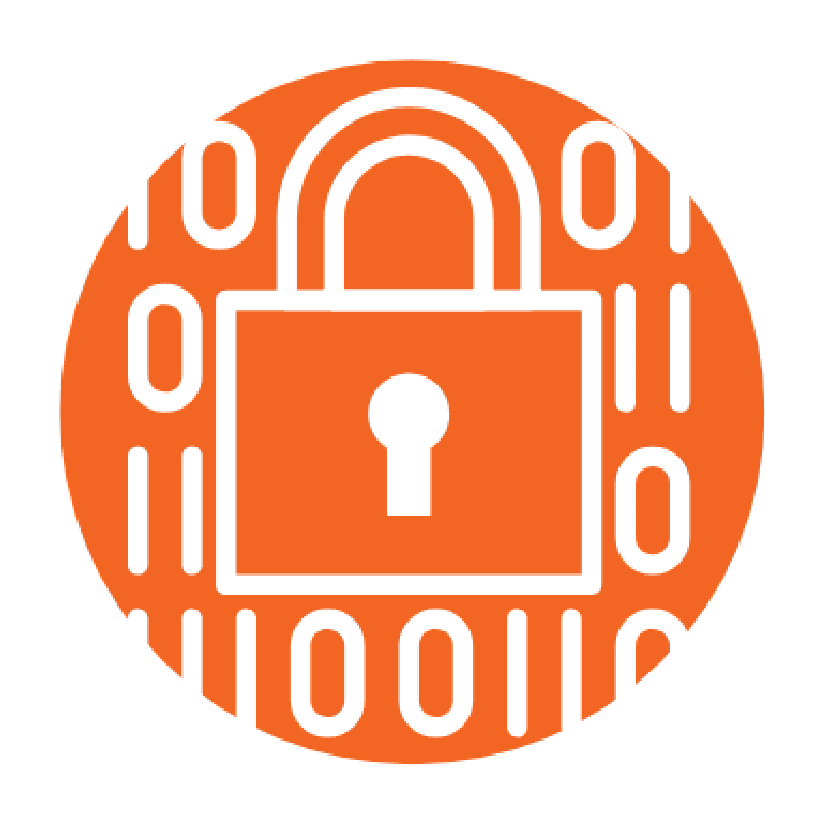



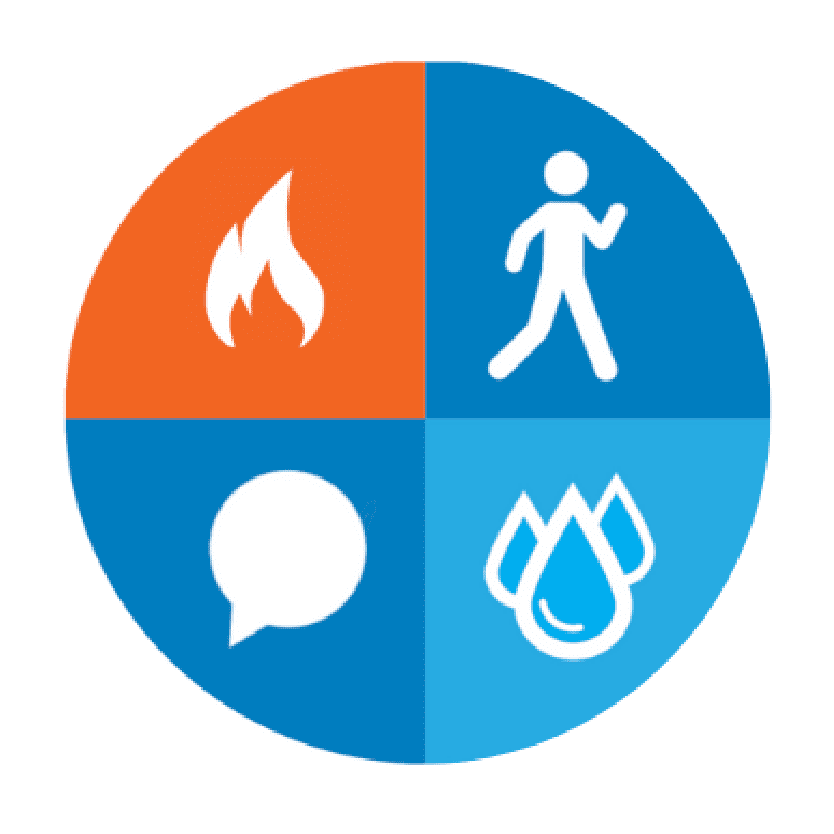
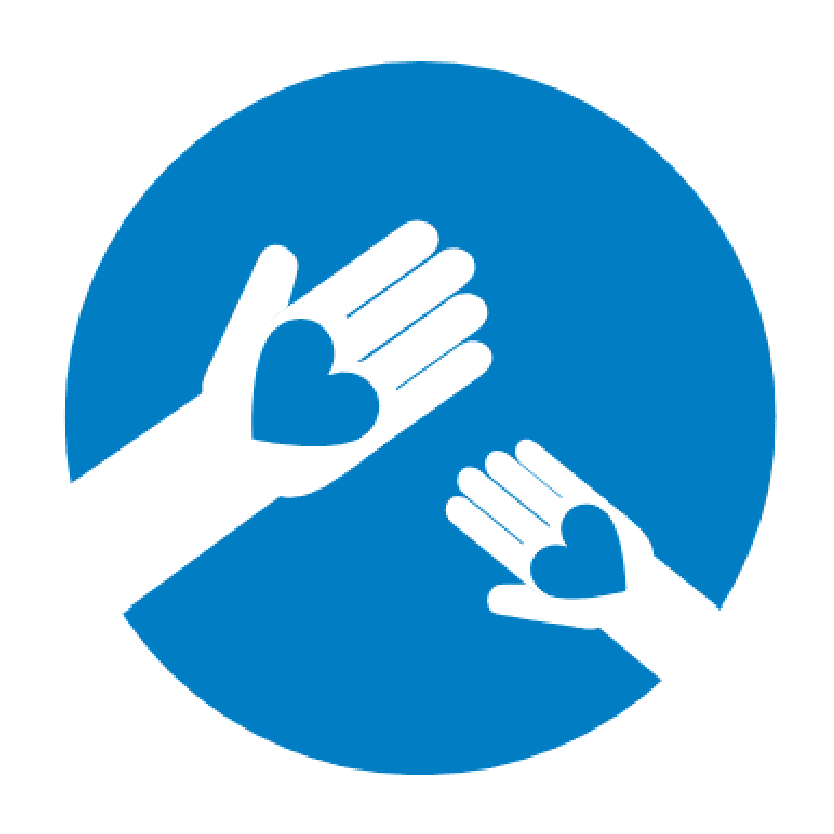


Stretch, take a few deep breaths, lie still for a few moments, set an intention
Sit quietly for five minutes, yoga, mindfulness, exercise, eat a healthy breakfast or make a smoothie
Transition ritual, listen to music, breathe, informal mindfulness
Self-monitor emotion/body, un-mirror, mindfulness, breathe/relaxation strategies, resourcing, do strategies with patient
Transition ritual, documentation, prepare for the next client
Eat healthy/mindfully, spend time with colleagues, move your body, change of scenery
Low Impact Debriefing, move your body, breathe, resiliency slogan, self-compassion
Sharing successes, team check in/warning signs, Low Impact Debriefing, connecting, celebrating, shout outs
Tidy up emails and desk, warning signs check-in and plan accordingly, remember what went well that day
Transition ritual, listening to music, having a laugh
Gratitude practice
Mindfulness, yoga/relaxation activity, journaling, non-caffeinated beverage
No screens one hour before bed, gratitude practice, visualization, relaxation audio, repeat if you wake up through the night
Resiliency Tips for Helpers
You can’t make changes and improvements without truly knowing where the problems are. Start by taking a nonjudgmental inventory of all the demands on your time and energy. What factors are contributing to making your plate too full? What would you like to change most?
Brainstorm a list of self-care ideas and pick three ideas that jump out at you. Make a commitment to implementing these in your life.
Make sure you do one nourishing activity each day.
Are there things that you are willing to let go of and let others do their own way? Don’t expect others to read your mind: consider holding regular meetings to review the workload and discuss new options.
Do you have a transition time between work and home? Create one such as putting on cozy clothes when getting home, having a 10-minute quiet period to shift gears, or going for a run.
Take a moment to reflect on this and see where you fit best: Do you need to learn to say no or yes more often?
Take a trauma input survey of a typical day. Do you hear it on the news and see it in Social Media? Do you watch it on shows when you come home at night? In a nutshell, there are a lot of extra trauma inputs outside of work that we do not necessarily need to absorb. We can create a “trauma filter” to protect ourselves from this extraneous material.
Including ways to recognize the signs and symptoms and strategies to address the problem.
This can be as small as a group of colleagues who meet once a month or once a week to debrief and offer support to one another.
We tell our clients how important physical exercise is. Do you do it on a regular basis? Think of three small ways to increase your physical activity.
Studies have shown that one of the best protective factors against Compassion Fatigue is to work part time or at least, to see clients on a part time basis and to have other duties the rest of the time.
Researchers have identified that attending regular professional training is one of the best ways for helpers to stay renewed and healthy.